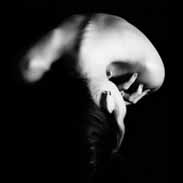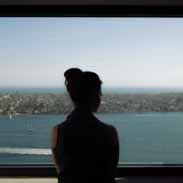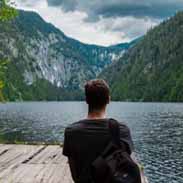Animation Flashcards, test questions and answers
Discover flashcards, test exam answers, and assignments to help you learn more about Animation and other subjects. Don’t miss the chance to use them for more effective college education. Use our database of questions and answers on Animation and get quick solutions for your test.
What is Animation?
Animation is an art form that has been around since the dawn of time. It is a process that uses drawings or objects to create a sequence of images that give the impression of movement and change when viewed in quick succession. Animation has been used in many different ways over the centuries, including in film, television, and video games.Animation has come a long way from its early days as simple flip-books and hand-drawn cartoons. Today’s animation technology allows for incredibly detailed artistry with lifelike characters and realistic environments. In addition to traditional 2D animation, there are also 3D computer graphics (CG) animations which have become increasingly popular due to their ability to create photorealistic images onscreen. Animators use a variety of tools such as storyboards, software programs like Adobe After Effects, Autodesk Maya or Blender to bring their images to life. Animators must have an understanding of motion principles such as timing, spacing, arcs and anticipation in order to create believable movements for their characters or objects. Additionally they must be able to work within budgets and deadlines while maintaining artistic integrity throughout the production process. Animation can be used for entertainment purposes but it can also be used for educational purposes too. Animated videos are great at explaining complex concepts such as how solar systems work or what happens during photosynthesis in plants because they provide visual aids that help viewers comprehend the information more easily than by simply reading it off a page or hearing it explained by someone else. Overall animation is an incredibly powerful tool that can make our wildest imaginations come alive onscreen. Whether you’re watching your favorite cartoon character explore colorful worlds or learning about scientific facts through animated diagrams animation is sure to leave you with an unforgettable experience.
















